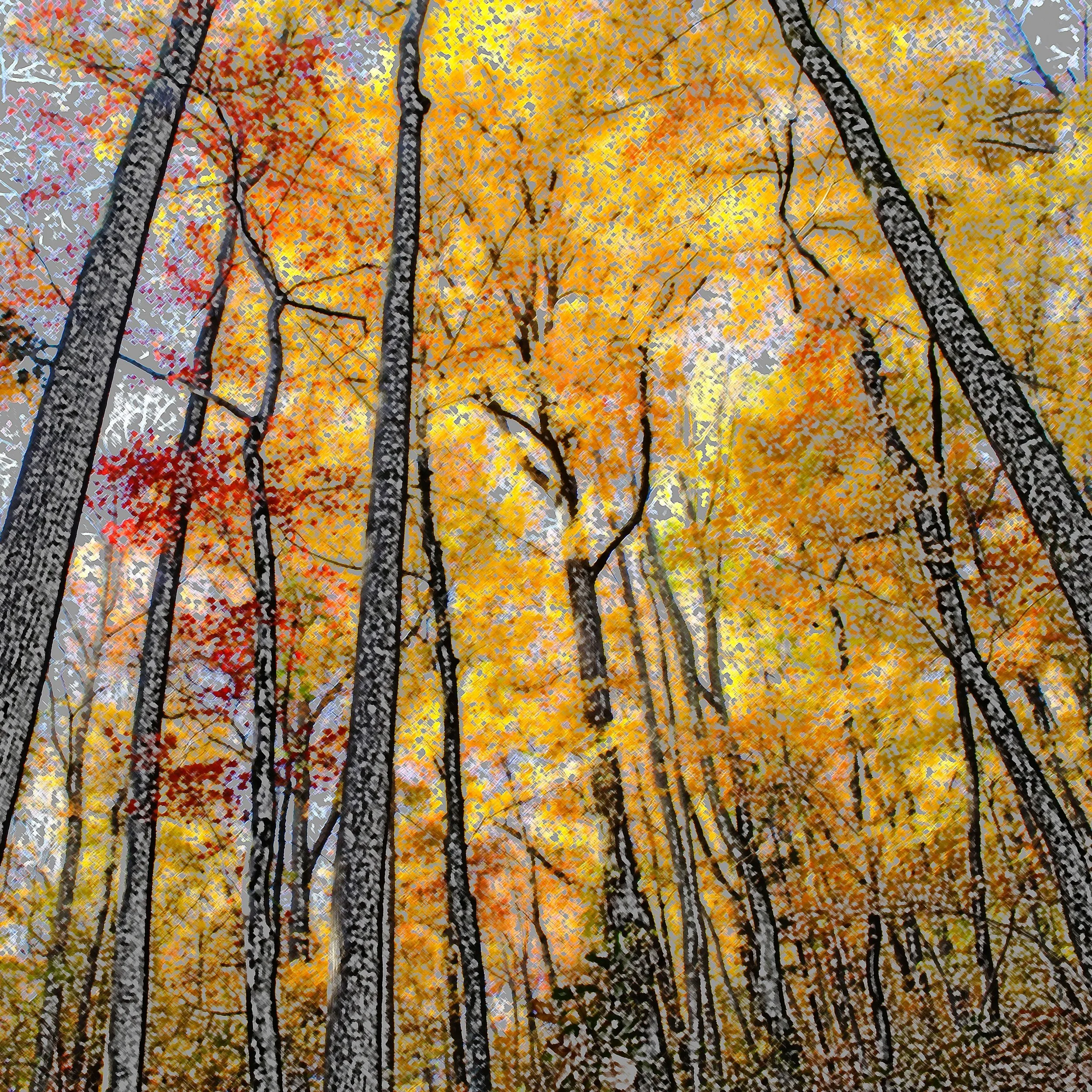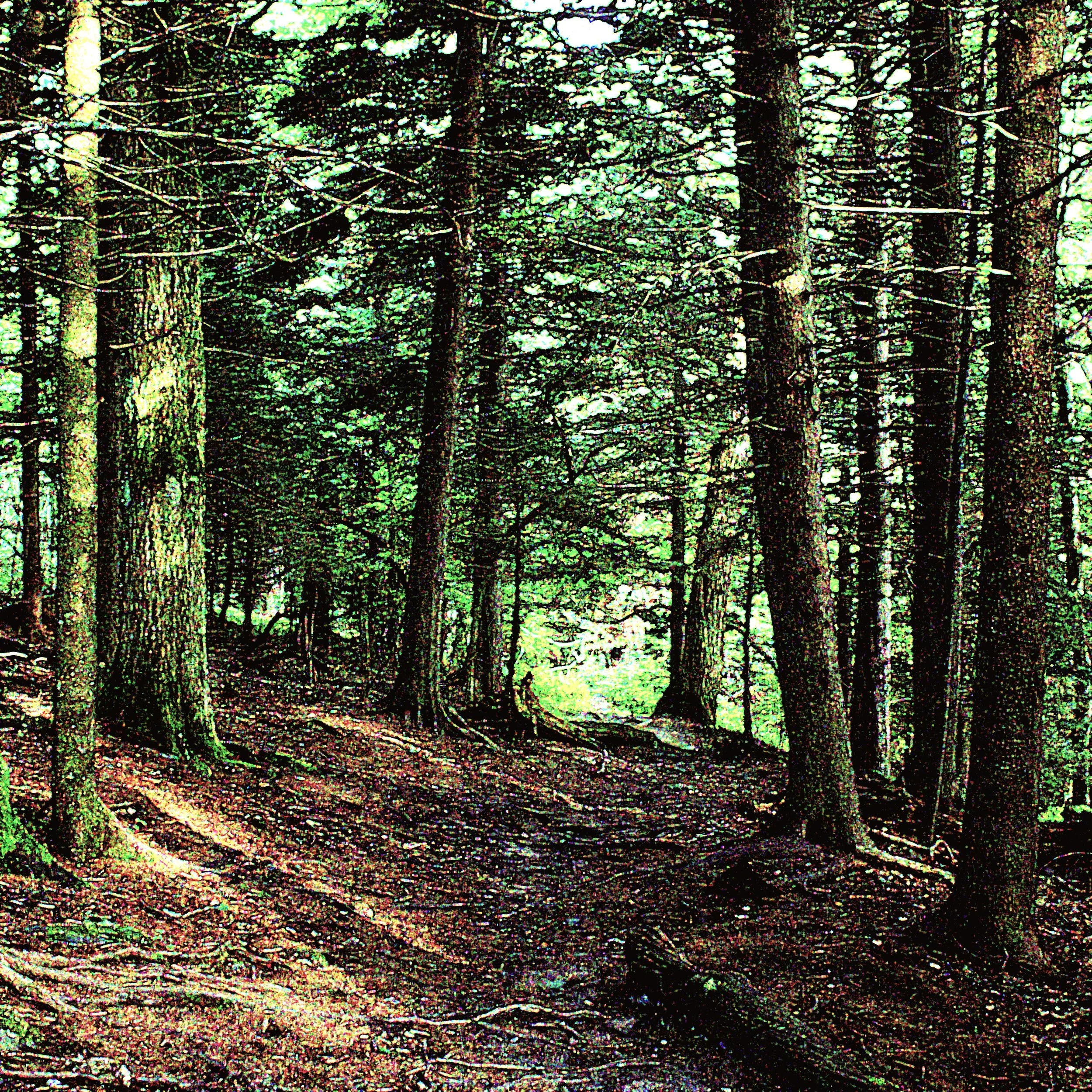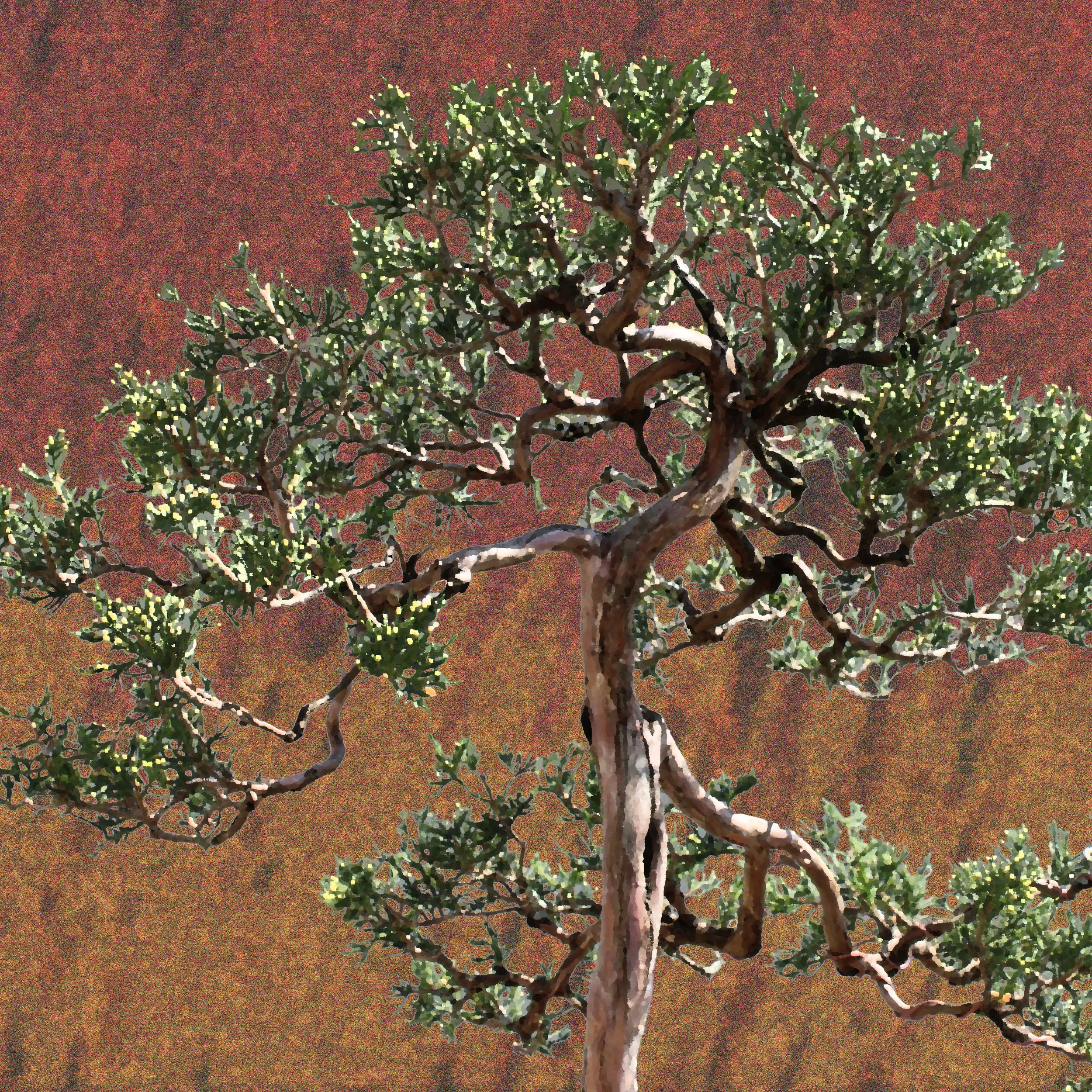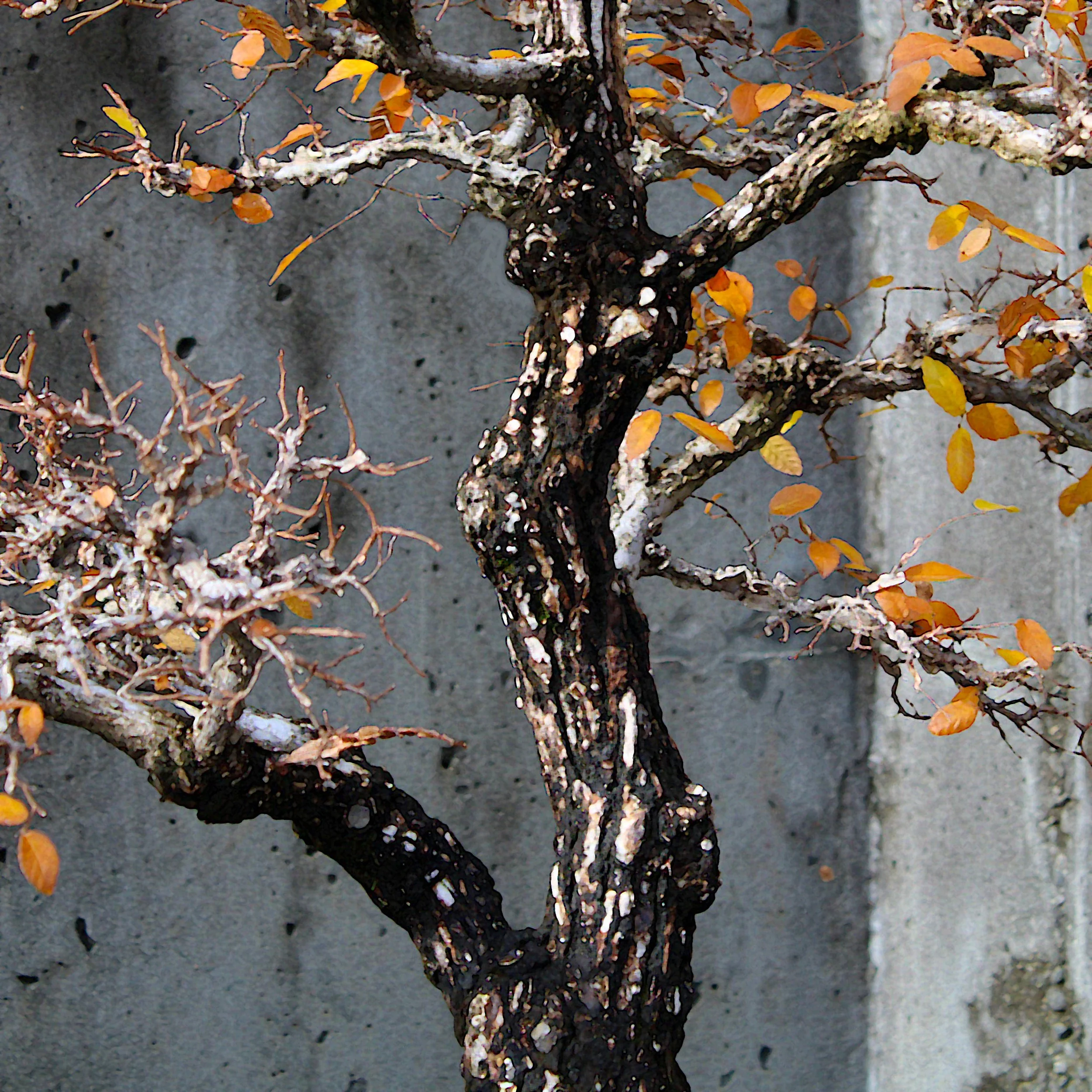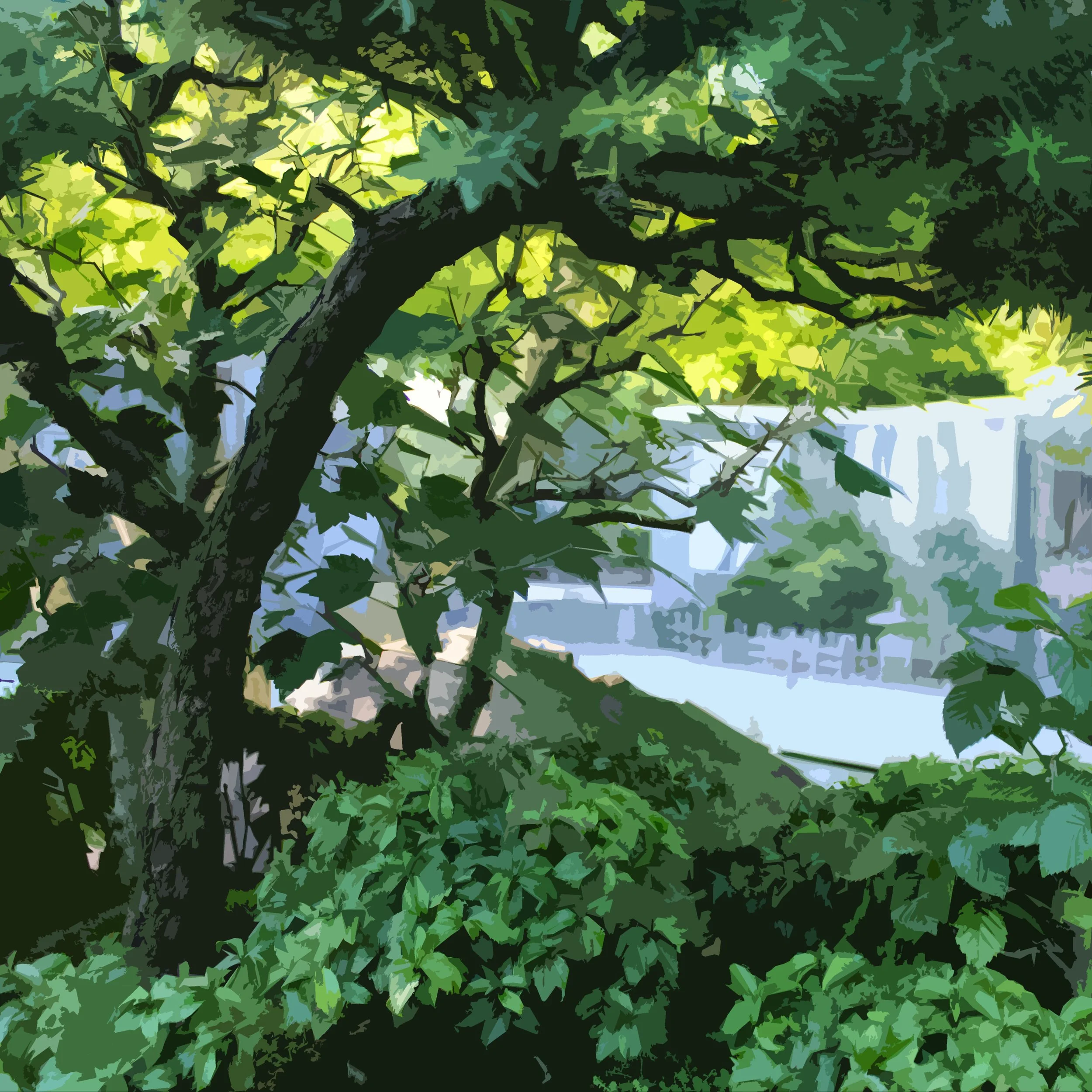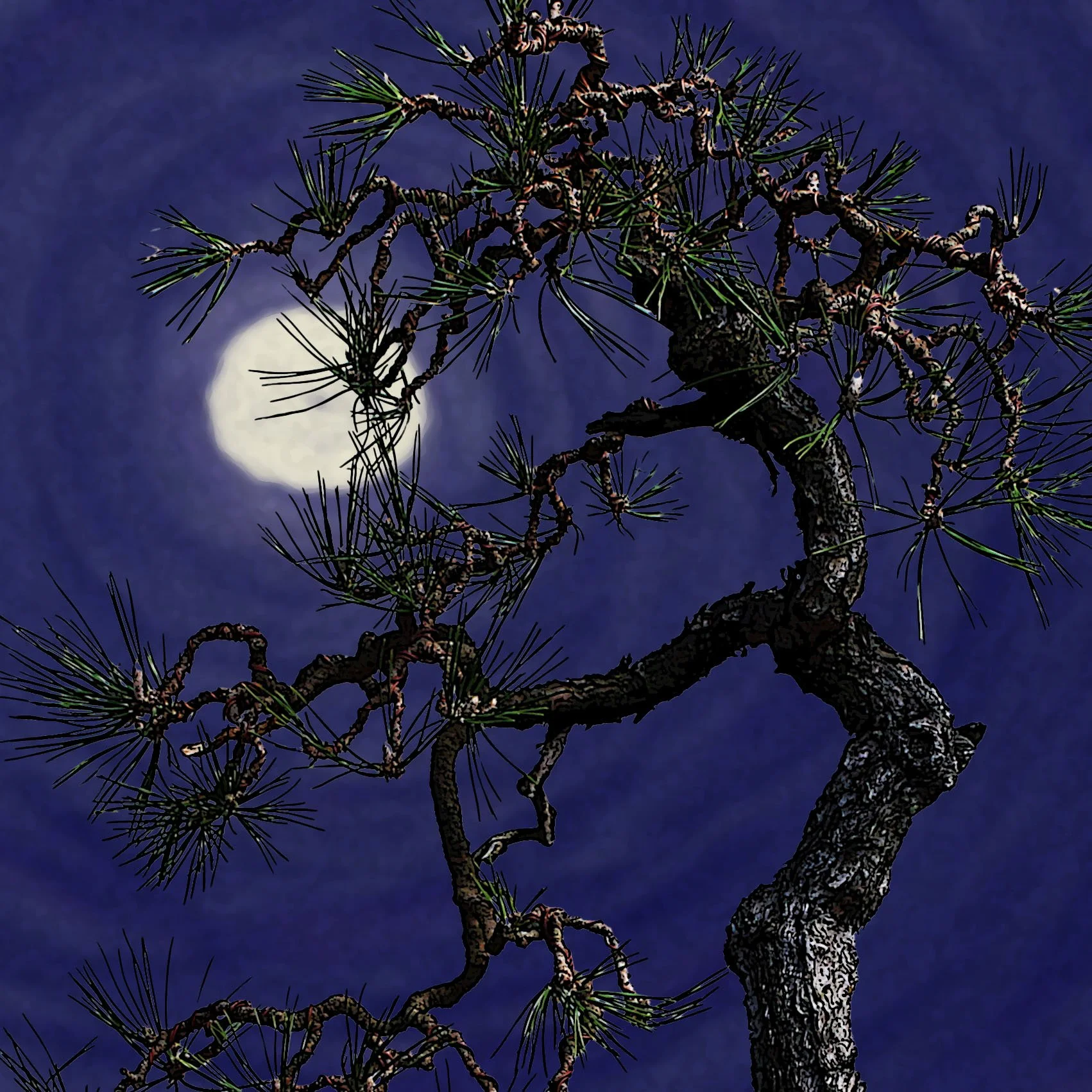Even after a prolonged meditation on how to go about rebuilding this landscape, at the start of the demonstration I still didn't have a clear vision of how the composition would come together. I had a vague idea of what might happen, but that little bit of a clue proved to be incorrect.
Read MoreYou could never do that. You'd go out of your mind... but that's the point, right? Out of your mind. Leave your mind behind, leave thinking behind, live in the moment and be here now. Yeah, listen to you. What's the secret of life oh great guru?
Read MoreBut beyond being an artist Zhao was also proof of something, a living example of a fact you thought must be true but couldn't prove. There had to be multiple ways of going about it — had to be. If the whole little tree business was truly an art form then there couldn't be just one right way. Art doesn't work like that.
Read MoreThe baldcypress water-and-land planting Mr. Zhao made for us in his 1998 demonstration program was remarkably good right from the time he put it together. It had a great feeling to it, a kind of authenticity that evoked the experience of being in nature, somewhere in the hushed coniferous forest where the sound of water splashing on rock is so persistent it ceases to be noticeable.
Read MoreIn America Mr. Zhao was best known in those days for one of his tray landscape plantings done in the water-and-land penjing style. The landscape depicted a scene wherein horses are resting in the shade of flowering trees, with picturesque boulders strewn about and a stream nearby. This penjing was titled: Painting With Eight Horses.
Read MoreRight from the beginning, the redcedar that came to be called Crazy Horse was thought the better of the two, its claim to superiority based on having a fantastic display of deadwood in its trunk. The other redcedar also had an old trunk with deadwood, yet it lacked the extravagant flair of its counterpart. The trunk of this lesser tree was long, thin and scraggly in appearance.
Read MoreThere was also a noticeable degree of creep taking place in the top of the tree. “Creep” is the term I use for changes naturally occurring in small increments over an extended period of time that aren’t initially recognized. Then one day you see plainly that things have changed and wonder how long it’s been going that way.
Read MoreKathy knew what to do. She selected two parts of the elm that looked promising and proceeded to air-layer them. One of the two air-layers was successful and Kathy then severed it from the parent tree and planted it in its own pot. She then began to style this new tree to give it a pleasing bonsai shape.
Read MoreTray landscapes give the viewer a helping hand by providing a little more information. The inclusion of multiple trees, shrubs, stones, and other components creates a more fully described image. This makes it easier for the viewer to do what they are supposed to do when contemplating any bonsai, which is to shrink themselves down to the correct size and step into the picture.
Read MoreI thought the game was over, but the tree didn’t. All the other parts of the oak were still good, still growing, still strong. That tree still wanted to live and I wasn’t going to be the one to tell it otherwise.
Read MoreThe North Carolina Arboretum’s bonsai enterprise began with a donation of little trees in 1992. Visitors, when they hear this story, often ask how many of those original trees remain in the collection. As usual when a question arises regarding numbers, I’m obliged to truthfully respond that I don’t know.
Read MoreOn the surface of it, there’s not much connecting crapemyrtle (Lagerstroemia indica) and Scots pine (Pinus sylvestris) beyond the fact that both are woody plant species. Crapemyrtle is a deciduous tree originally from southern parts of Asia and Australia, while Scots pine is a coniferous evergreen native to mostly northern Europe. The two subjects of this entry, however, share several points of commonality.
Read MoreThe bonsai garden is a premier attraction for the Arboretum, so having that attraction back online after a five month winter hiatus is a big deal. For me, World Bonsai Day is a deadline that can’t be missed. All those wonderful little trees and landscapes don’t get dressed up and lined out on the display benches by themselves — it’s a lot of work!
Read MoreVisitors to the Expo were encouraged to vote for their favorite bonsai and in 2013 John’s baldcypress won hands down. Small wonder — the specimen is big and obviously old, and to see such a tree growing in a container defies belief for the average person.
Read MoreFoliage is wonderful, of course, but on a deciduous species the foliage is absent half the year. In the landscape, a naked Japanese cutleaf maple can still be beautiful for its form, particularly in the display of its branching and finely articulated twigs. The same can be true of a Japanese cutleaf maple bonsai when seen without its leaves. It can be true, but is not automatically so.
Read MoreMr. Martin had a diverse collection with some older looking specimens, and seemed to like his little trees to be on the large side. Most amazingly, a substantial portion of Mr. Martin's bonsai, including some of the larger, older looking pieces, were trees he had grown himself from seed.
Read MoreOf the six or seven trees Kent had rounded up for our consideration, the one at which he now pointed was easily the least impressive. It was another pine, a Japanese black pine by the looks of it, wildly overgrown and terribly leggy. I didn’t see anything to recommend it.
Read MoreIt must have looked suspicious. Picture a rest stop off an Interstate, a van parked by itself a little removed from any other vehicles. Two men stand outside the van, waiting expectantly, looking down the road and one of them now and then checks his watch. Finally a second van pulls up, right alongside the first.
Read MoreBanyan is a catch-all phrase for several different species of figs (Ficus sp.) that share the trait of producing what are known as prop roots from their trunks and branches. Emerging like threads from the tree's bark, these roots are pulled downwards by gravity until they come in contact with the ground.
Read MoreIn 1995 the Arboretum hosted a visit from the popular American bonsai artist Chase Rosade. He had bunches of very young plants of differing species, and at the end of the class he had three Japanese stewartias (Stewartia pseudocamellia) that weren't utilized, so he gave them to the Arboretum.
Read More